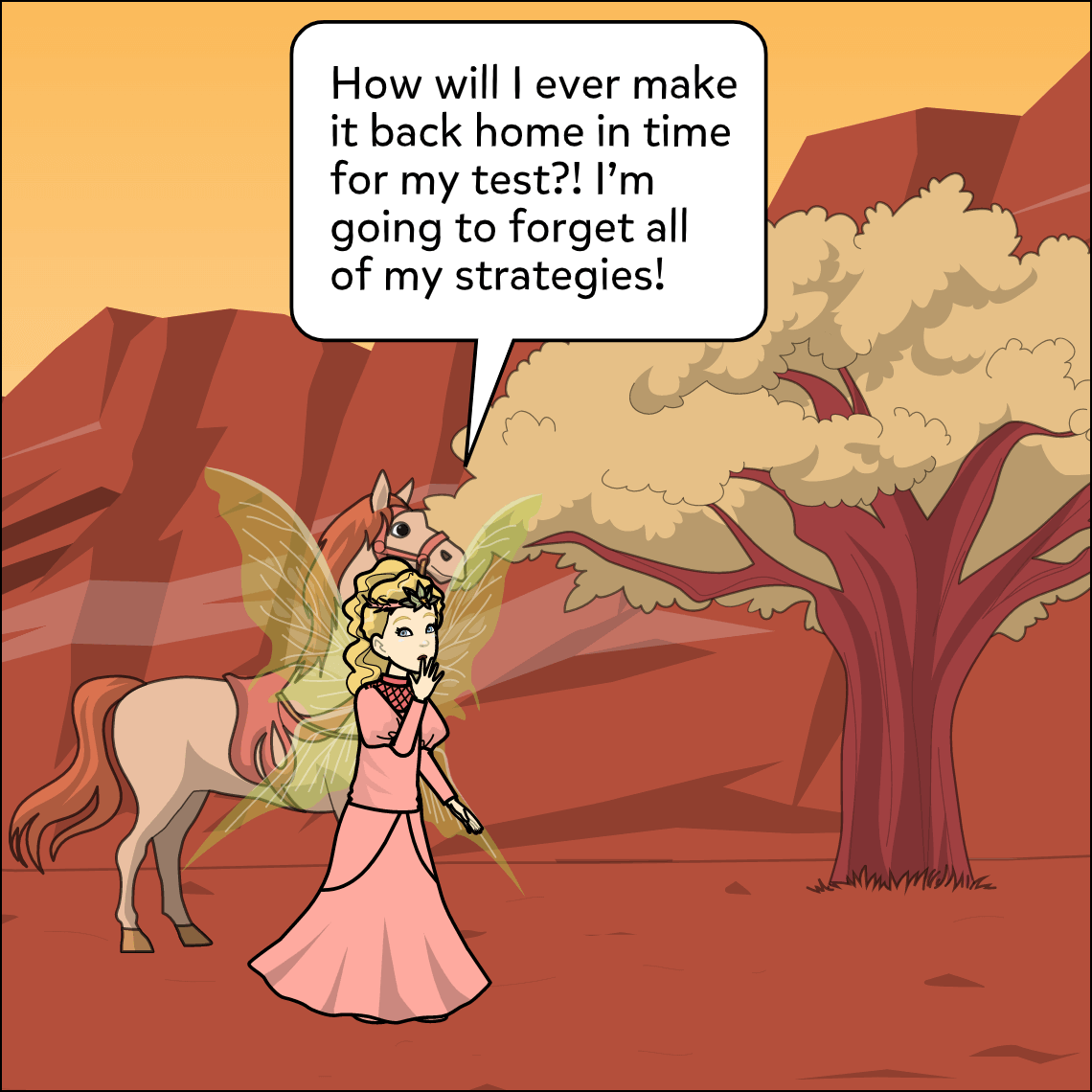Subject: SEL (Social-Emotional Learning)
Lesson Length: 20 - 30 mins
Topic: Anti-bullying
Brief Description: Students will learn about living as an upstander and explore what they might say to someone who is bullying someone else.
Know Before You Start: Students should know the difference between an upstander and a bystander.
Hook:
-
Have students pretend they have travelled back in time to a time when they witnessed someone teasing someone else or they themselves were teased.
-
What would they say now?
-
-
Explain that in stressful moments, we sometimes don’t know what to do or say to support ourselves or peers.
-
As a group, practice some things they could say to be an upstander against bullying.
Activity:
- Read and discuss the sample comic.
- What would you do if you saw someone picking on someone?
-
Brainstorm ideas on how to be an “upstander” when situations like the one in the comic arise. Discuss “upstander” language.
-
Using the comic as a guide, have students create a three-panel comic.
-
Panel 1: Show a bullying situation.
-
Panel 2: Show your avatar considering actions you might take to be an upstander against bullying.
-
Panel 3: Show your avatar confronting the situation and using appropriate upstander language.
-
Closure:
-
Display student comics in the classroom.
Differentiation:
- Allow students to use the speech-to-text feature
-
Provide specific scenarios for students as needed.
- Provide a handout that describes characteristics of upstanders and bystanders.
- Allow students to use the voiceover feature to read their comics aloud.
Resources:
- Comic to print or display: Comic.
- Suggested Reading:
- Dare! A Story About Standing Up to Bullying in Schools by Erin Frankel.
Suggested Content:
 Elementary School
Elementary School
 Middle School
Middle School
 Playground
Playground
 Home
Home
 Amusement Park
Amusement Park
 Sports
Sports


